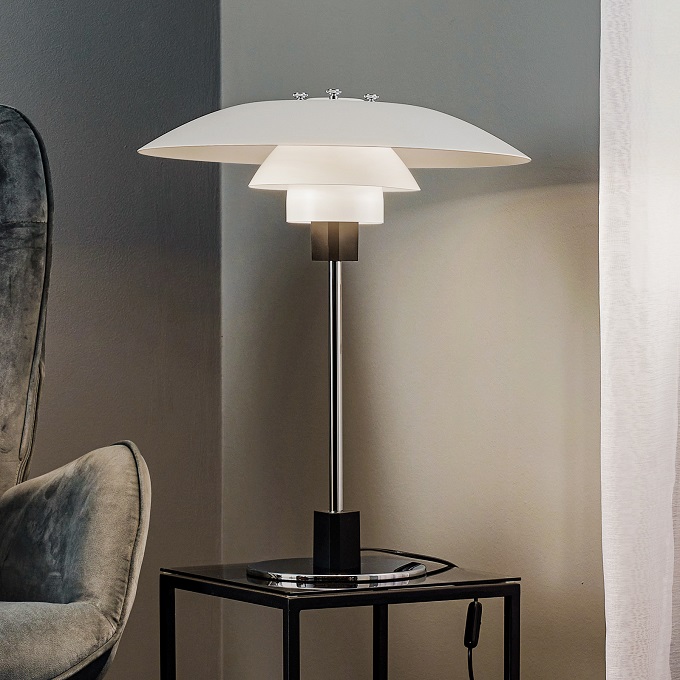Introduction
When it comes to interior designing, ceilings are often neglected as an aspect of decoration. However, a beautifully designed ceiling can drastically change the entire look and feel of a room. Architects and interior designers have been experimenting with ceiling designs for centuries, and have come up with some truly stunning ideas.
In this article, we will take a look at some of the most breathtaking ceiling design concepts that can transform any room into a work of art.
Historic Ceiling Designs
Architects in the past have recognized the value of ceiling designs and have created stunning examples of this art form. In ancient Rome, for example, ceilings were often decorated with frescoes featuring mythical creatures and gods. In the Byzantine era, mosaics were used to create intricate patterns and designs on the ceilings of churches and cathedrals.
One of the most iconic examples of historic ceiling design is the Sistine Chapel, which features a stunning fresco painted by Michelangelo. The intricate details and use of vibrant colors have made this ceiling one of the most famous works of art in the world.
Contemporary Ceiling Designs
Contemporary architects and designers have taken the art of ceiling design to new heights. The use of cutting-edge technology and innovative materials has allowed designers to create breathtaking ceilings that were once thought impossible.
One such example is the The Oculus in New York City’s World Trade Center Transportation Hub. Designed by Santiago Calatrava, The Oculus features a stunning rib-like structure that spans over 350 feet, creating a sense of awe and wonder for those who enter the space.
Another example is the Infinity Mirrored Room – The Souls of Millions of Light Years Away by Yayoi Kusama. This mind-bending installation features an LED-lit room filled with mirrors, creating an illusion of endless space.
Benefits of Ceiling Designs
Apart from their aesthetic appeal, ceiling designs also have practical benefits. They can help to improve the acoustics of a room, by absorbing or reflecting sound waves. Additionally, they can be used to disguise unsightly ductwork or wiring, creating a more polished look.
Conclusion
Ceiling designs are an essential part of interior decoration. They add beauty and elegance to any room and can transform an ordinary space into a breathtaking work of art. From historic frescoes to contemporary installations, ceiling designs have come a long way and continue to evolve, inspiring architects and designers to push the limits of creativity.
















